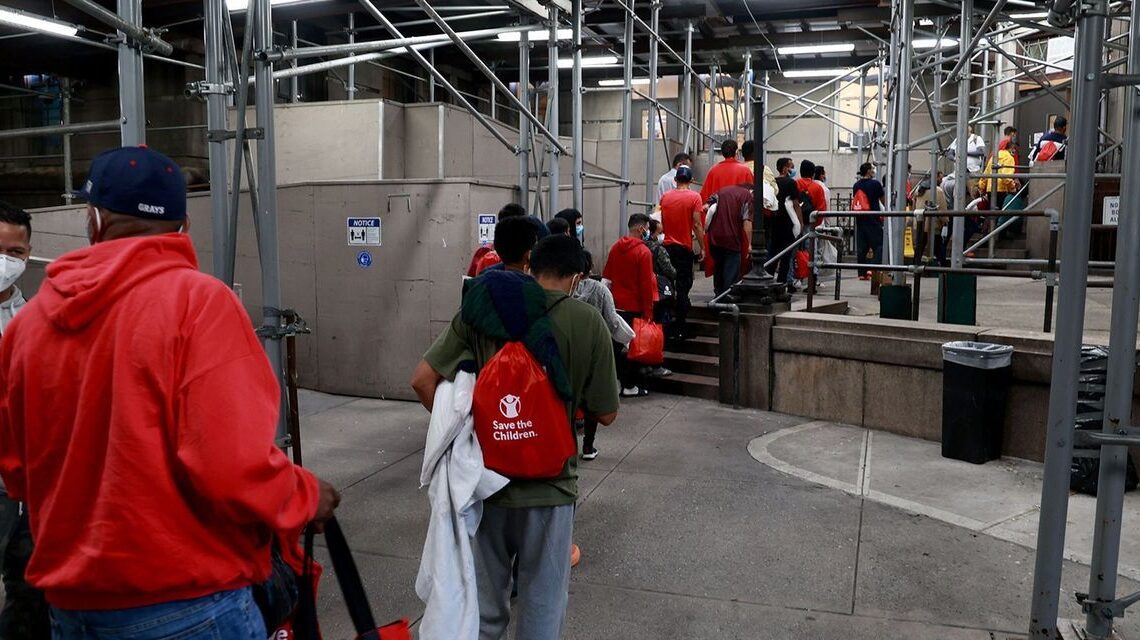These days when you hear “border” the next word is usually “crisis.” The same is true for “labor”: The U.S. Chamber of Commerce calls the labor shortage a “national crisis by the numbers.” Now the two crises are combining to make matters worse.
When I visited the border town of Del Rio, Texas, in April, help-wanted signs were everywhere. That month alone, U.S. Customs and Border Protection officers patrolling the U.S.-Mexico border reported 235,785 migrant encounters, 71% of which were with single adults. Everyone I talked to wanted to work.
A similar phenomenon is developing here. Masbia, a nonprofit that has been distributing shoes to migrants who arrive in New York City by bus, has heard from farms and factories looking for workers, executive director
Alexander Rapaport
says. But released migrants struggle to secure work permits and have to rely on family, increasingly strained public services or illegal employment.
This is what failed immigration policy looks like. Since President Biden took office, the U.S. has admitted more than a million migrants into a system that was designed neither to handle an influx on this scale nor allow arriving migrants to thrive. No surprise—it’s buckling.
In fiscal 2022, which ended Sept. 30, CBP reported more than 2.3 million encounters at the southern border. Roughly one million migrants were expelled under Title 42, a pandemic-era regulation. On Nov. 15 Judge
Emmet Sullivan
struck down the use of Title 42, meaning that the administration could effectively lose its only form of border control.
The other 1.3 million were processed for removal under Title 8 of the Immigration and Nationality Act. Those who have claims of “credible fear” that qualify them to apply for asylum go into formal removal proceedings and are scheduled to appear months later before an immigration judge. Since detention space at the border is nearly full, many await their court date in the U.S. interior.
Almost 700,000 migrants were released in this manner during fiscal 2022. More than 370,000 of them were granted humanitarian parole, which temporarily authorizes their presence in the U.S. The Immigration and Nationality Act gives authorities discretion to grant parole “on a case-by-case basis for urgent humanitarian reasons or significant public benefit.” But a 2008
Click Here to Read the Full Original Article at RSSOpinion…

